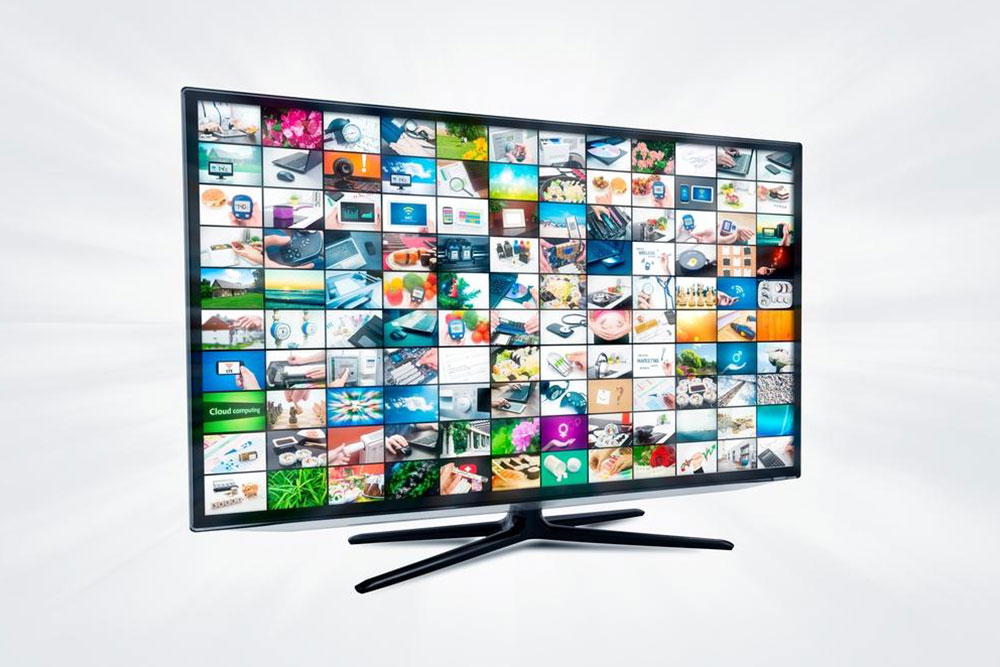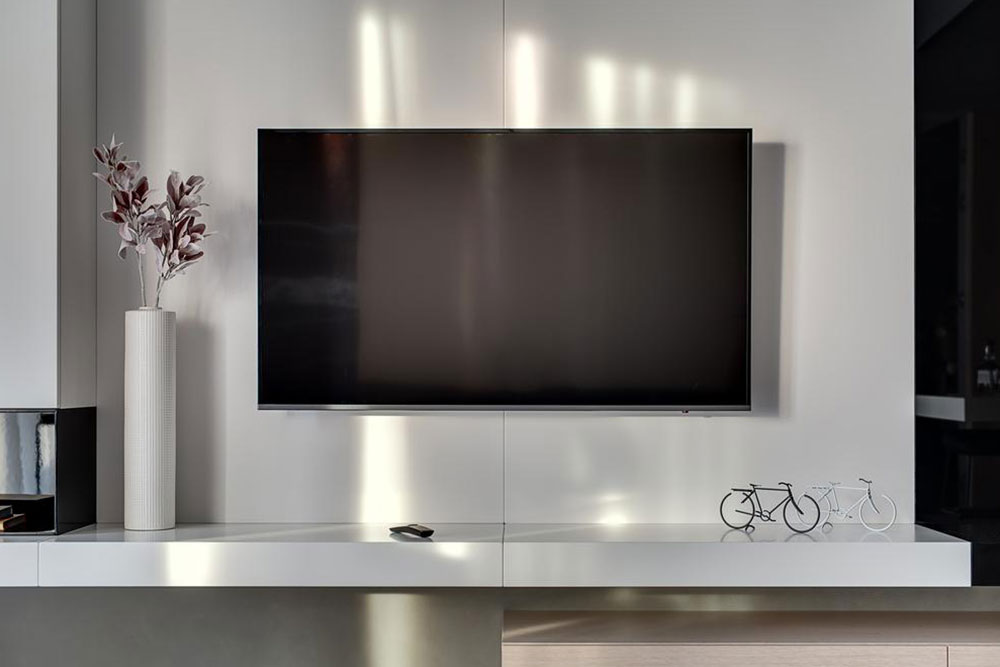A Comprehensive Guide to TV Screen Resolutions and Their Impact on Picture Quality
This comprehensive guide explores the importance of TV screen resolutions, detailing different types like 1080p, 4K Ultra HD, and 8K. It discusses how resolution impacts picture quality, the differences between various formats, and what consumers should consider when choosing a television. With evolving technology, understanding these aspects helps in making informed purchasing decisions for home entertainment systems, optimizing picture quality, and ensuring compatibility with available content for an enhanced viewing experience.

Understanding TV Screen Resolutions and Their Significance in Modern Home Entertainment
Choosing the right television for your home entertainment setup involves understanding a critical specification: the screen resolution. Resolution fundamentally determines the clarity, detail, and overall visual quality of the display. It is expressed in terms of the number of pixels that comprise the image on the screen, with each pixel serving as a tiny dot that contributes to the overall picture. In recent years, technological advancements have led to a significant increase in the number of pixels in modern TVs, ranging from millions to tens of millions, dramatically enhancing image sharpness and detail.
With options spanning from Full HD (1080p) to 4K Ultra HD, and even 8K resolutions, consumers are often overwhelmed by the choices. While higher resolution typically indicates a more detailed picture, it’s important to recognize that resolution is just one aspect of picture quality. Other factors such as contrast ratio, color accuracy, refresh rate, and panel technology also play crucial roles in the viewing experience. Therefore, selecting a TV involves understanding multiple specifications and how they influence what you see on the screen.
4K or Ultra HD: Clarifying the Basics
Both terms refer to high-resolution screens that have revolutionized home entertainment by providing incredibly detailed images. "4K" technically describes a resolution of approximately 4,096 pixels in width, primarily used in professional cinema and production environments. For consumer TVs, the term "Ultra HD" (UHD) is more common, usually referring to a resolution of 3,840 x 2,160 pixels. This resolution offers four times the pixel count of traditional Full HD (1080p), leading to sharper images and finer details, especially on larger screens. The emergence of 8K resolution doubles this again, reaching approximately 8,000 pixels in width, promising even more clarity and immersive viewing experiences, though content availability remains limited.
2K and the Transition in Home Displays
In digital cinema and professional video, "2K" refers to a resolution of about 2,048 pixels in width. However, in the realm of consumer electronics, the term has become associated with Full HD, or 1080p, which is a vertical resolution of 1,080 pixels. This resolution has been the standard for HDTVs for many years and remains widely used today. Although 4K has largely replaced 2K/1080p as the dominant resolution for new TV models, many households still own 1080p TVs due to affordability, availability, and sufficient image quality for most viewing scenarios.
Full HD (1080p): The Traditional Standard
Often considered the baseline for high-definition television, 1080p displays a vertical resolution of 1,080 pixels with a typical aspect ratio of 16:9. This means a horizontal resolution of 1,920 pixels, resulting in a total of approximately 2.07 million pixels on screen. Many consumers regard 1080p as adequate for everyday viewing, gaming, and streaming content, with most broadcasters still transmitting signals in 1080i (interlaced) or 1080p formats. Modern HDTVs primarily support 1080p, providing a clear and sharp picture quality suitable for the majority of entertainment needs.
Considerations When Choosing a TV Resolution
While higher resolutions like 4K and 8K are enticing, they necessitate corresponding content to truly take advantage of the extra detail. Additionally, larger screens benefit more from higher resolutions because they maintain image sharpness at bigger sizes. Conversely, smaller screens may not reveal the difference between 1080p and 4K resolution unless viewed up close. Furthermore, infrastructure such as broadcast capabilities, streaming hardware, and media players must support higher resolutions to ensure optimal viewing.
Understanding the Limitations
Despite the allure of ultra-high resolutions, other elements such as the quality of the TV panel, processing capabilities, and viewing distance significantly influence overall picture quality. For example, a 4K TV with poor contrast or color accuracy may produce a less satisfying image than a well-calibrated 1080p display. Also, the availability of 4K content has increased dramatically, but not all streaming services and broadcasters support 8K yet, making it less practical for now.
In conclusion, understanding the nuances of TV resolutions can significantly enhance your purchasing decisions. Recognizing that higher resolution TVs, while offering better detail, require compatible content and hardware, can help you select the most suitable model for your entertainment space. Whether you opt for a standard 1080p, a 4K Ultra HD, or explore 8K options, informed choices will ensure a satisfying viewing experience tailored to your needs and preferences.
Summary
TV resolution plays a crucial role in determining image quality and viewing experience. While 1080p remains the standard for many households, 4K Ultra HD has become increasingly popular due to its enhanced detail. 8K offers further improvements but still faces content limitations. Understanding these resolutions and their implications enables consumers to make informed decisions, ensuring they select a TV that balances technology, content availability, and budget for an optimal entertainment experience.





